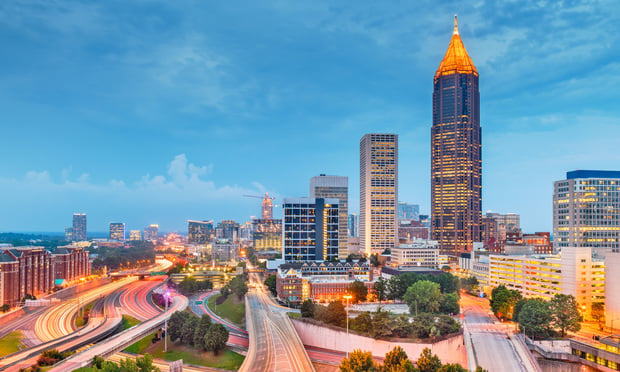 Globest.com: What major trends are affecting the retail market in South Florida? Granda Globest.com: How are social causes impacting retailers? Granda Globest.com: What new local retail projects are you most excited about? Granda Globest.com: What submarket is the next hot spot for retail development? Granda
Globest.com: What major trends are affecting the retail market in South Florida? Granda Globest.com: How are social causes impacting retailers? Granda Globest.com: What new local retail projects are you most excited about? Granda Globest.com: What submarket is the next hot spot for retail development? Granda © 2025 ALM Global, LLC, All Rights Reserved. Request academic re-use from www.copyright.com. All other uses, submit a request to [email protected]. For more information visit Asset & Logo Licensing.








